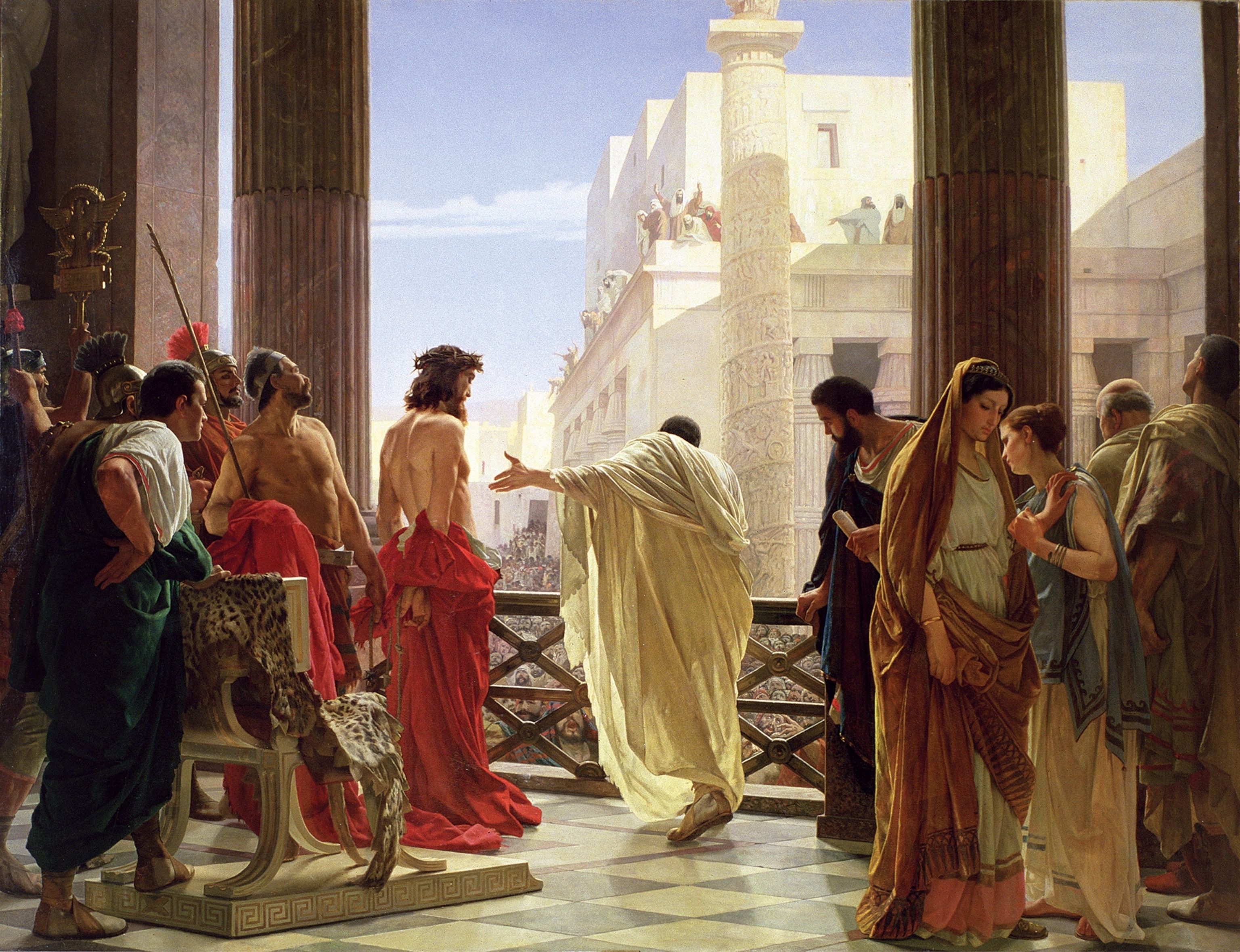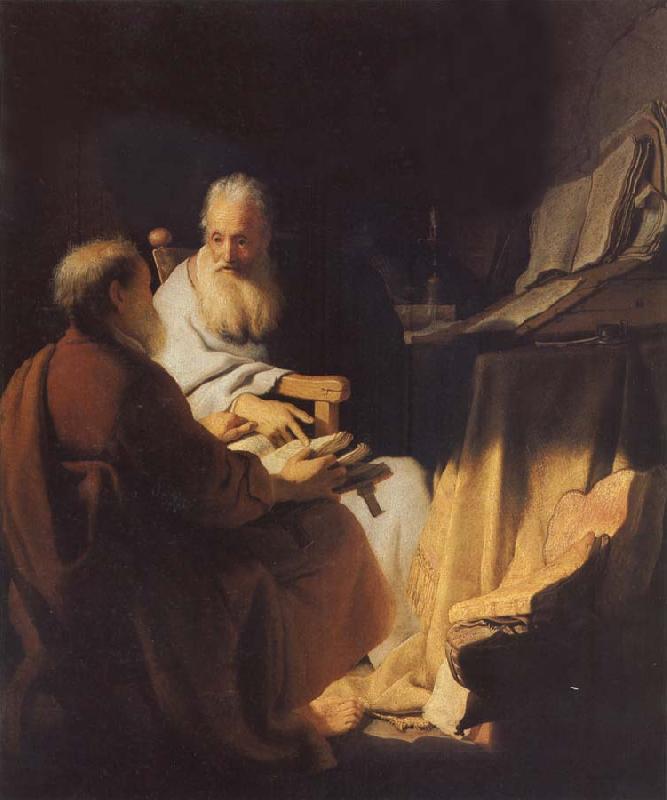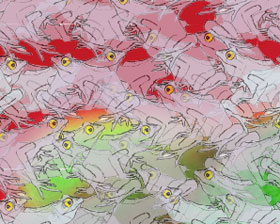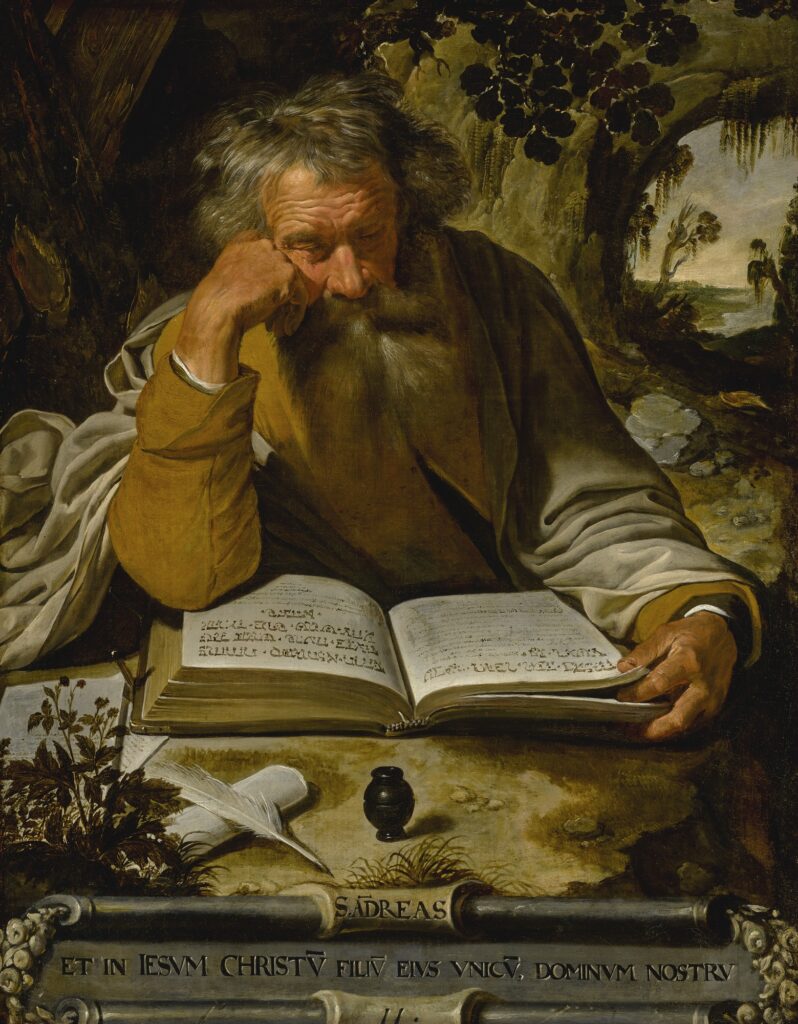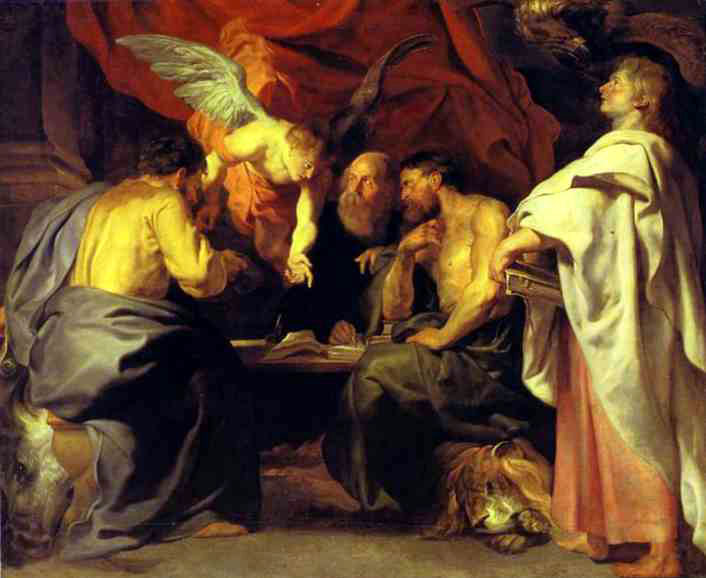
* * * *
Saturday, April 29, 2023 – Last Tuesday, April 25, was the Feast Day for Saint Mark, also known as Mark the Evangelist. Next Monday, May 1, is the Feast Day for St. Philip and St. James.
Turning to St. Mark first, his Gospel is a Cinderella story. For centuries the Early Church Fathers neglected his Gospel. St. Augustine called it “the drudge and condenser” of Matthew. His written Greek was clumsy and more awkward than the more-polished Greek of Matthew, Luke and John. Result? Mark’s was the “least cited Gospel in the early Christian period:”
But “this Cinderella got her glass slipper,” beginning in the 19th century… That’s when Bible scholars finally noticed the other three Gospels all cited material from Mark, but “he does not do the same for them…” As a result of that, since the 19th century Mark’s “has become the most studied and influential Gospel.”
In other words, later scholars concluded that Mark “started the process and set the pattern of and for the other three Gospels.” That late recognition – of Mark as the real trend-setter of the four Gospels – is where the Cinderella metaphor comes in. On the other hand, there’s some debate whether the Great Commission at the end of his Gospel is authentic.
That end, Mark 16:14–18, leads to a question: Did Mark write it, or was it added later?
According to some critics … Jesus never speaks with his disciples after his resurrection. They argue that the original Gospel of Mark ends at [16:8] with the women leaving the tomb.
Mark 16:8 says the women – Mary Magdalene, Mary the mother of James, and Salome – “fled from the tomb, for terror and amazement had seized them; and they said nothing to anyone, for they were afraid.” That could be a bad place to end a Gospel of hope, so some scholars think a later redactor added more to the part after Mark 16:8.
That add-on included the Great Commission, maybe to cheer things up.
I explored this idea in 2015’s St. Mark’s “Cinderella story.” One scholar said that if the Gospel ended at 16:8, Mark had painted a “bleak and frightening picture.” But he did so – the scholar said – because that was what Mark’s main audience was going through at the time. His Gospel – ending at 16:8 – merely reflected that great persecution. In other words, Mark didn’t candy coat the trials and tribulations that all followers of Jesus can go through.
But is that Mark 16:8 ending so bad? Here’s what leads up to verse 8:
As they entered the tomb, [the women] saw a young man dressed in a white robe sitting on the right side, and they were alarmed. “Don’t be alarmed,” he said. “You are looking for Jesus the Nazarene, who was crucified. He has risen! He is not here. See the place where they laid him. But go, tell his disciples and Peter, ‘He is going ahead of you into Galilee. There you will see him, just as he told you.’”
Even without the Great Commission, this ending offers hope. As one author said, there’s “a mystery in it, a divine mystery of God’s revelation that will happen yet. And I think it’s that sense of hope that is deeply appealing.” In other words, that “terrible anguished” original ending – even without the Great Commission – is nevertheless “not the ending.”
One view is that the shorter ending means the Resurrection continues “even to this day.” By and through the way we live our lives even 2,000 years after Jesus. Another view is that an ending at Mark 16:8 simply reflects the reality that life isn’t a bowl of cherries. A third view is that a good Christian is not called to a life of ease: “It is to vigor, not comfort that you are called.“
The longer ending presents a neat and tidy happy ending, all wrapped up in ribbons and bows. The shorter ending gives us a picture of life as it really is. Including Christians , and that can be confusing to some of them. (But only to those who haven’t developed a strong Faith.)
And speaking of confusion, that leads to Saints Philip and James. The problem is, we’re not sure who they are. “James” was popular and widespread name in Jesus’ time. It was associated with Jacob, who became “Israel” by wresting with the angel in Genesis 32:24-32. The English name “James” is a variant of “Jacob,” or in Hebrew, “Ya’akov.” And the New Testament lists at least three “James” who could fit the bill, and possibly as many as eight.
Our best guess is the James remembered on May 1 is James the Lesser, also called James the Son of Alphaeus. (Not to be confused with James the Greater, also called “James the Elder.”) This lesser James “appears only four times in the New Testament, each time in a list of the twelve apostles.” But he gets his own feast day, as does St. Philip.
The best guess here is that this Philip is Philip the Apostle, but there was also a Philip the Deacon. “One of the seven men chosen by the Apostles to perform certain administrative tasks for the poor in the early Christian community at Jerusalem (Acts 6:5-7). Because of his zeal in preaching the gospel he became known as Philip the Evangelist (Acts 21:8).”
But again, our best guess is the May 1 Feast Day remembers Philip the Apostle. Wikipedia had this Philip as a disciple from Bethsaida, and that Andrew and Peter were from the same town. Jesus tested him in John 6:6, and he and Andrew told Jesus about some Greeks who wanted to see Him in John 12:20-22. Wikipedia also noted that this Philip is not to be confused the “the Deacon,” in Acts 8:26-40, “Philip and the Ethiopian Eunuch.” In past posts I’ve made that mistake myself. As to why these two saints are celebrated together:
The two apostles Philip and James the Lesser are remembered with a single liturgical feast because their relics, transferred respectively from Hierapolis and Jerusalem, were placed together in the Basilica of the Twelve Holy Apostles [“Santi Apostoli“] in Rome.
So as I ended my 2022 post, Here’s to Saints Philip and James – “Whoever you are.”
* * * *
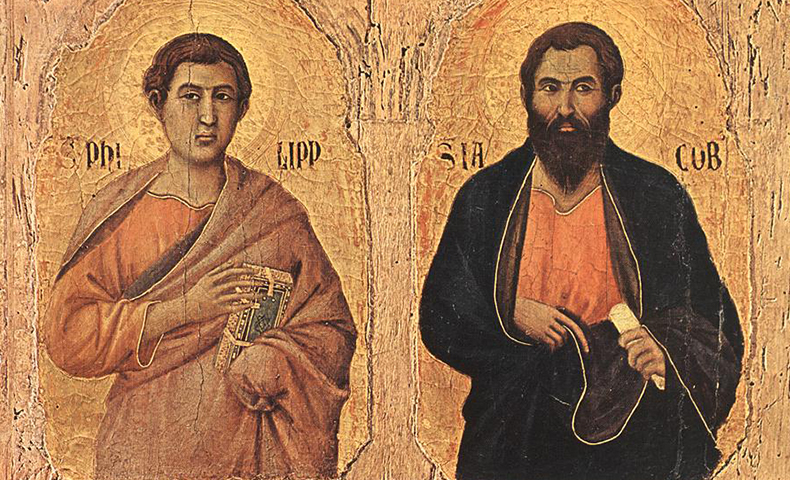
* * * *
The upper image is courtesy of Peter Paul Rubens: The Four Evangelists: “Rubens portrayed the four evangelists while working together on their texts. An angel helps them… Each gospel author can be identified by an attribute. The attributes were derived from the opening verses of the gospels. From left to right: Luke (bull), Matthew (man [angel]), Mark (lion), and John (eagle).” See also Four Evangelists – Wikipedia.
I borrowed from past posts including 2015’s On St. Mark’s “Cinderella story,” 2016’s More on “arguing with God” – and St. Mark as Cinderella, On St. Mark, 2020 – and today’s “plague,” On St. Philip and St. James – May, 2020, and 2022’s Here’s to Saints Philip and James – “Whoever you are.”
The Book of Common Prayer reference. The “corporate-mystical” prayer is on page 339, the post-communion prayer for Holy Eucharist, Rite I.
“Vigor not comfort.” I last noted that phrase from Evelyn Underhill in Thanksgiving 2022 – and an Unknown American Icon. The quote is from Practical Mysticism, by Evelyn Underhill, as edited:
Hearing now and again the mysterious piping of the Shepherd, you realize your own perpetual forward movement . . . and so are able to handle life with a surer hand. Do not suppose from this that your new career is to be perpetually supported by agreeable spiritual contacts, or occupy itself in the mild contemplation of the great world through which you move. True, it is said of the Shepherd that he carries the lambs in his bosom; but the sheep are expected to walk, and to put up with the bunts and blunders of the flock. It is to vigor rather than comfort that you are called. (E.A.)
Ariel Press (1914), at page 177. See also Evelyn Underhill – Wikipedia.
On developing a strong Faith. See Arguing with God.
Philip the Evangelist is identified as the man in Acts 8:26-40, “Philip and the Ethiopian Eunuch,” not Philip the Apostle. Earlier posts to the contrary are mistaken. See also CATHOLIC ENCYCLOPEDIA: St. Philip the Apostle – New Advent: “The second-century tradition concerning him is uncertain, inasmuch as a similar tradition is recorded concerning Philip the Deacon and Evangelist — a phenomenon which must be the result of confusion caused by the existence of the two Philips.”
Re: Santi Apostoli. A “6th-century Roman Catholic parish and titular church and minor basilica in Rome, Italy, dedicated originally to St. James and St. Philip, whose remains are kept here.”
The lower image is courtesy of Saints Philip and James – Franciscan Media. Caption: “Image: Detail of reredos | Polytych by Maestà | Wikimedia.”
* * * *
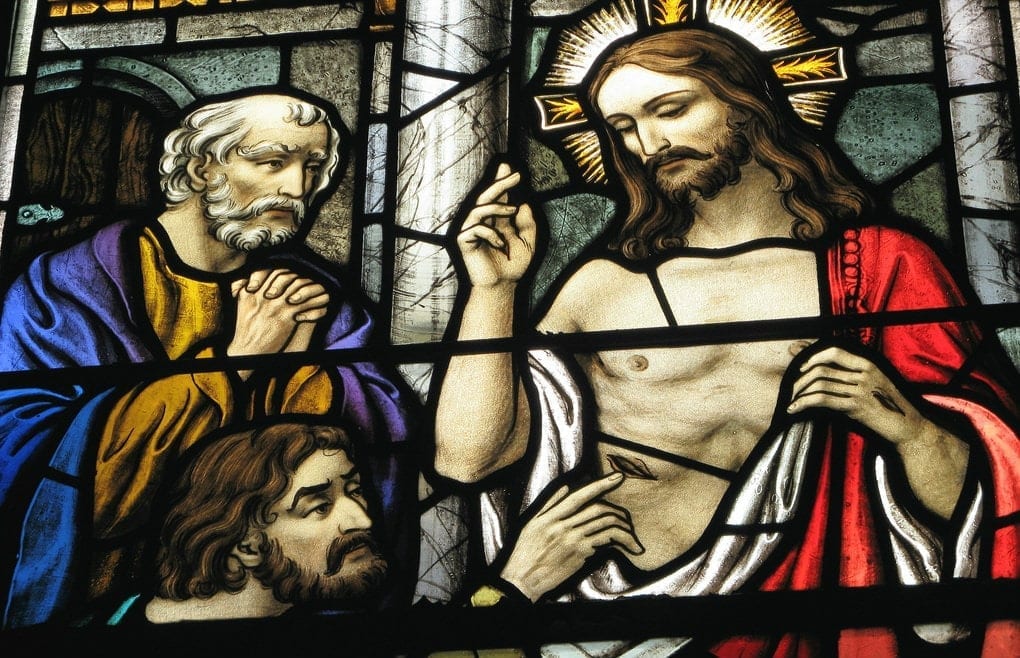







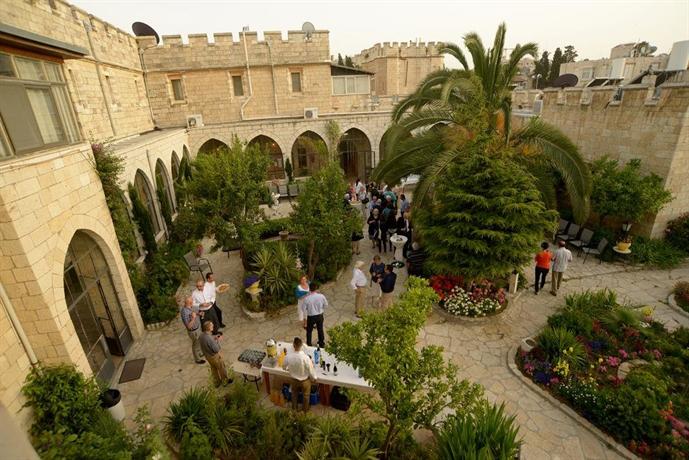 That Garden Bistro included a “mini-bar” – a small bar within the complex itself – that served cocktails for those pilgrim’s at St. George’s who wanted a little something stronger to go along with their evening meal. The photo at left shows the courtyard where we usually had our evening meals.
That Garden Bistro included a “mini-bar” – a small bar within the complex itself – that served cocktails for those pilgrim’s at St. George’s who wanted a little something stronger to go along with their evening meal. The photo at left shows the courtyard where we usually had our evening meals.